Utah‘s Mighty Five National Park’s – 2022
Navigating Utah’s National Park – Post Pandemic
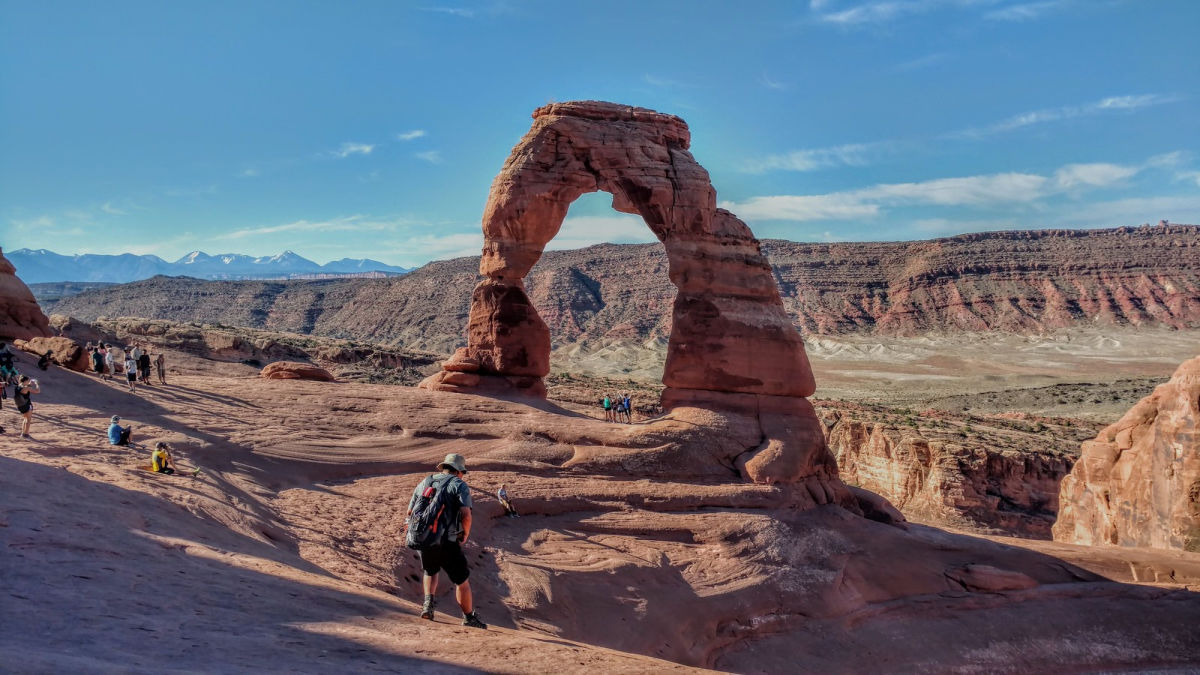
Delicate Arch – Arches National Park
Arches National Park
Beginning this year, April 3rd to be exact, Arches National Park implemented a temporary timed entry system to help manage traffic and reduce congestion and traffic with the objective of improving the visitor experience. The pilot program will run through October 3, 2022.
We visited Arches recently while guiding a Mighty 5 tour, which gave us our first look at this new system, albeit as a commercial operator that are exempt from using the system required for individual travelers only. For this reason, we cannot give a first-hand account of the process for using the new service other than how our visit to the park changed from previous years.
First of all, we were able to visit every planned stop without the normal challenge of finding parking, especially for a 23′ Sprinter van. The normal trouble spots that are generally the most difficult for parking, Windows District, Delicate Arch trailhead, and Devil’s Garden, were no problem at all. We found plenty of parking and the trails didn’t feel nearly as busy. I should mention here that we didn’t leave Moab until 8:00 AM, we normally leave at 7:15 when visiting Arches to beat the crowds.
We like this new system but it’s still early and the busier months ahead could prove a bit more challenging, but if it runs as designed, it should operate just as it did the day we visited. Bottom line, we think the system has great potential and believe it could be a viable solution to reducing traffic and crowded conditions, just as we experienced on this day.
Our recommendations are to plan as far in advance as you can to book the date you want to visit and to fully understand how the system works. It may seem like an inconvenience and a bit of a hassle but compared to the congestion we’ve experienced in recent years this is a much improved system for experiencing a day at Arches that will undoubtedly outweigh the trouble.
When we exited the park there was a lengthy line waiting to enter, nothing like we’ve seen in recent years, but still backed up. We believe this was simply the folks who had reservations for that particular time waiting to enter. We suggest booking your reservations early in the morning or in the late afternoon. Based on our experience, these are generally the times when fewer people enter most parks.
Here is a link to more information where you can learn about the new service and how to book a reservation. Timed Entry Pilot – Arches National Park (U.S. National Park Service) (nps.gov)
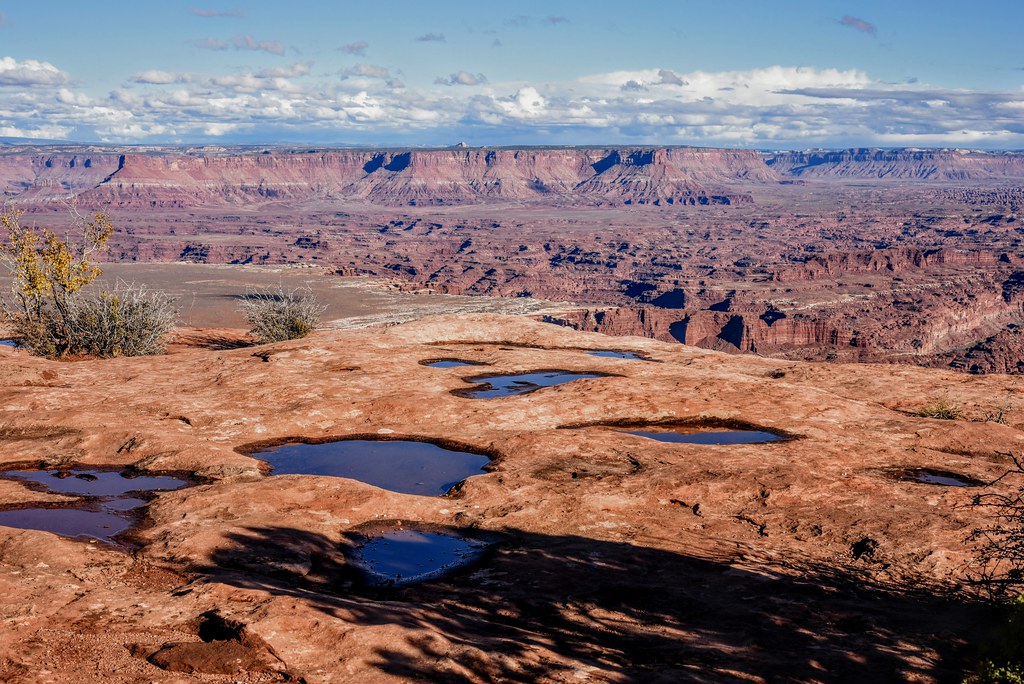
Grand View – Canyonlands National Park
Canyonlands National Park
Here’s the downside to the timed-entry program at Arches. More people are being pushed to Canyonlands, which has traditionally been the least visited park of the five.
Now that entering Arches requires an advance reservation, some visitors who come to Moab will either be unaware of the new rule or unsuccessful in booking the date they desired, and therefore unable to enter the park during the day. For this reason, more travelers are visiting Canyonlands thus increasing the number of cars and increasing traffic.
We again left Moab at 8:00 AM the day we visited Canyonlands and drove right up to the entrance without a line but along the way passed a couple of signs on the side of the road that said, “one hour wait from here,” and “30-minute wait from here.” This certainly must have indicated that the park was experiencing long lines and crowded conditions likely due to the new policy at Arches. It may not be a daily occurrence but we think it will happen frequently.
This section of Canyonlands, Island in the Sky, has small parking lots with limited parking. Mesa Arch, the Grand View Overlook, and Upheaval Dome are some of the most popular stops, which makes them trouble spots. We make it a point to ALWAYS stop at Mesa Arch on the way in if parking is available. Thinking that it may be available on the way out and pass by could spoil your plans.
Our favorite stops are Shafer Trail Overlook, Mesa Arch, Upheaval Dome, Orange Cliffs Overlook, and Grand View. There are several hiking trails in this section, but this section of Canyonlands is better known for its scenic overlooks.
We recommend going early before the breakfast crowd, which could save a long wait in line. Save that agony for Disneyland! Click here for more information Canyonlands National Park (U.S. National Park Service) (nps.gov)
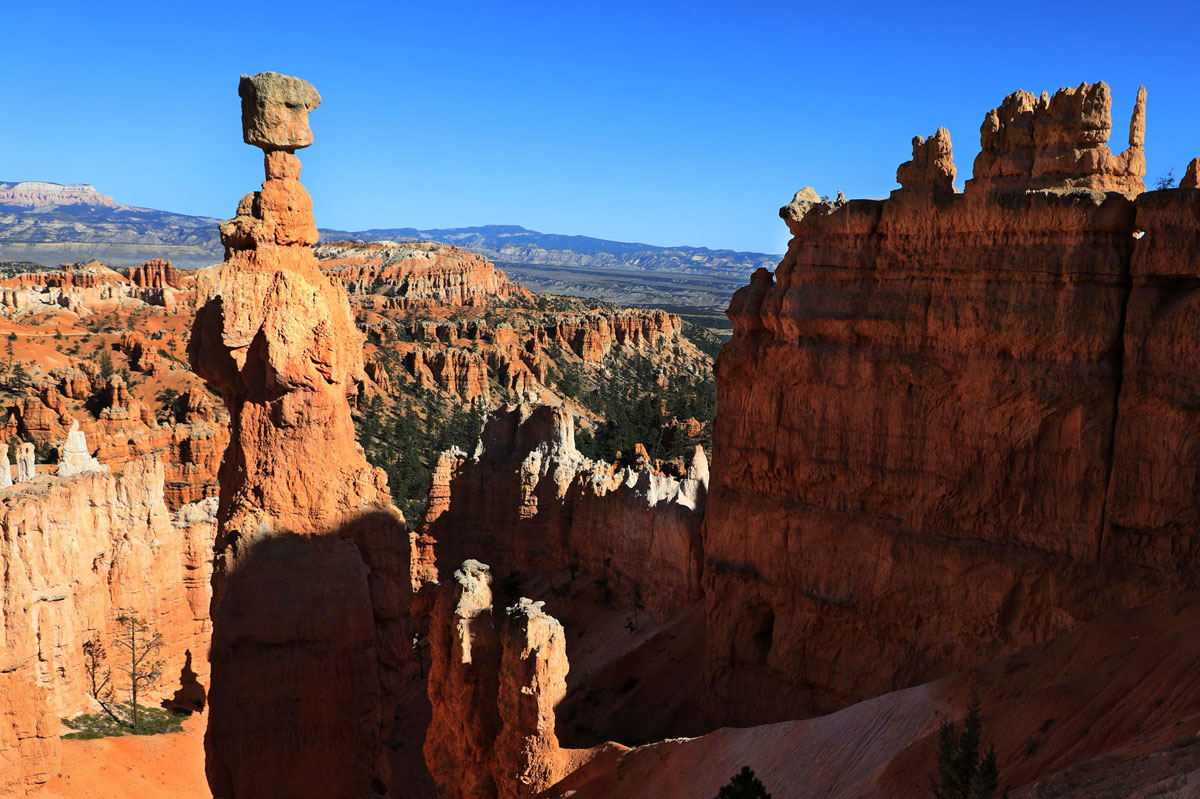
Thor’s Hammer – Bryce Canyon National Park
Bryce Canyon National Park
Bryce Canyon was the one park of the five that didn’t experience record breaking visitor numbers in 2021. As the second busiest Utah park in terms of overall visitation, this came as a surprise to most. We believe that one of the principal reasons for this is that Bryce has long been a favorite bus park, and buses with foreign travelers have not returned yet since the Covid era began. We expect this could change somewhat this year, but it may be a few years before buses return to the level they were at prior to Covid.
Our recent visit went quite smooth, and we were able to park at all the overlooks with the exception of Sunset Point, which is often the case. We parked in the overflow lot near Sunrise Point and Bryce Lodge. The walk between these two popular points is a short half-mile so parking and walking isn’t a problem here. For a description on how we suggest visiting Bryce Canyon in a day click here.
To avoid dealing with crowded parking lots on busy days, which is most days once school is out, we recommend taking the free shuttle service that stops at the main viewpoints. The shuttle offers the convenience of leaving your vehicle outside the park near Ruby’s Inn or inside the park in a large lot across from the visitor center. For more information about Bryce Canyon visit this link, Bryce Canyon National Park (U.S. National Park Service) (nps.gov)
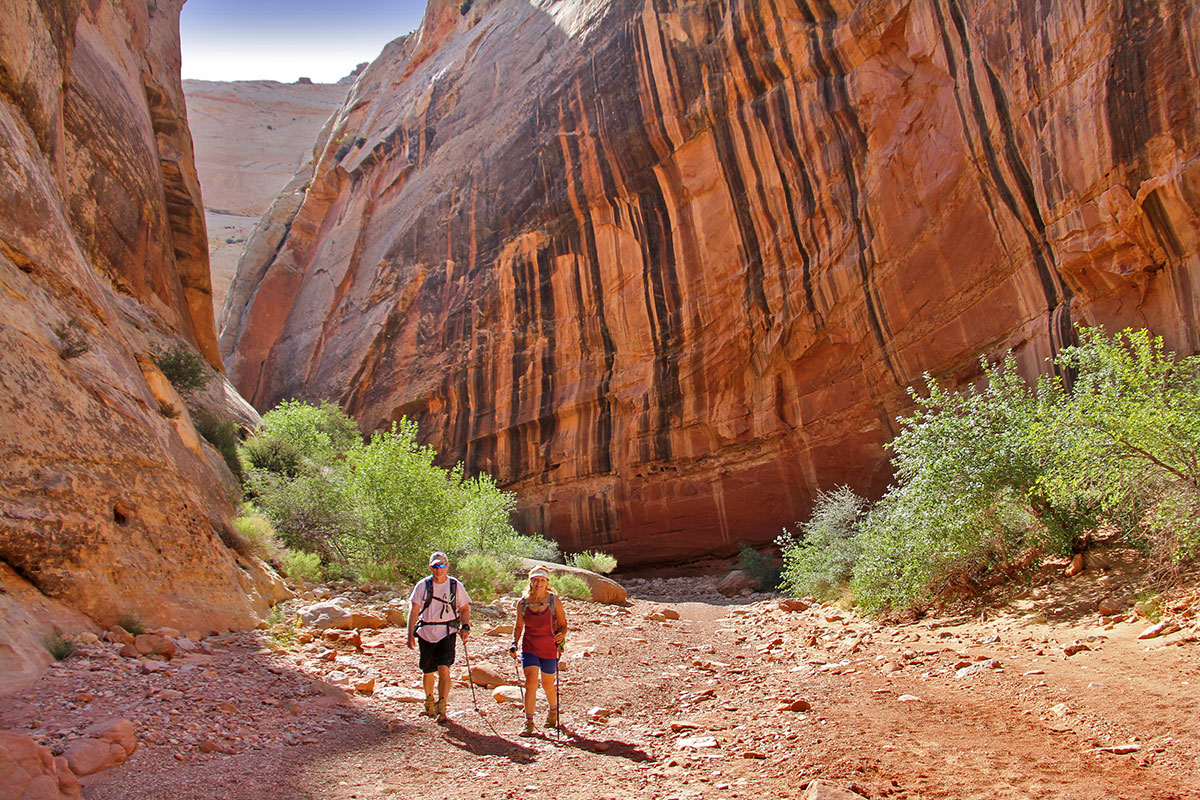
Grand Wash – Capitol Reef National Park – Utah
Capitol Reef National Park
Interest in this National Park has grown significantly in the past few years. For the warmer months of 2022 you can expect to find it more difficult to acquire lodging in the communities surrounding the park. Some of the most known attractions such as…
- Hickman Bridge
- Grand Wash
- Capitol Gorge
…are the areas that will continue to see the larger numbers of visitors. To avoid these crowds you can visit these locations early in the morning, or later in the day. Keep an eye out for other destinations and trails within the Capitol Reef National Park that will be less known and therefore less visited.
Capitol Reef National Park is literally the geographic centerpiece of Utah’s Mighty Five National Parks. Capitol Reef is a 70 mile long crease in the crust of the earth and is also referred to as the Waterpocket Fold. The park is filled with rock domes, bridges, spires and canyons. Sometimes this park is misspelled as Capital Reef National Park (with an A rather than a O), but the park is named for the resemblence of the rock formations with the Capitol Domes of our nations capitol building, and many of the capitol buildings found in the capitol cities of states within the United States.
The Fremont River: Goosenecking through the canyons of Capitol Reef National Park is the Fremon River. With headwaters in the mountains to the northwest, the Fremont River has carved its way across the upper third of this Mighty Five National Park and this has paved the way for the creation of the main road through the park. Scenic Byway 24 runs east/west through the park and there is no fee to pass through the park on this state road. However, many of the great attractions in Capitol Reef National Park are found in what is called the Scenic Drive. A fee, or a national park pass, is required to travel down this road.
Visit www.Capitolreefcountry.com to learn more about lodging, dining, recreation, and other services in the Capitol Reef National Park area.

A view of the Milky Way stars in the night sky from the main canyon of Zion National Park.
Zion National Park
This dramatic 30 mile long national park has generally received record breaking numbers of visitors each year for the past decade. Last year (2021) the park surpassed the five-million visitor mark, and this has necessitated a reservation system to be implemented on Zion National Park’s most popular vertical climbing trail; Angels Landing. Permits are now required to hike the upper last section of Angels Landing.
Angels Landing: This trail in Zion National Park leads from the main canyon across the Virgin River, via footbridge, and then ascends at series of switchbacks until it reaches a narrow canyon area referred to as Refrigerator Canyon. From there the trail ascends a famous section called Walter’s Wiggles, a series of equidistant switchbacks that literally ascend the side of a cliff face. This leads hikers to a main lookout point call Scout Lookout which is a good resting spot, and an excellent viewpoint, and is the last point on the trail unless you have a permit to climb higher to the actual Angels Landing.
Visit this link to gather more information about obtaining an Angels Landing permit to hike the last section of Angels Landing.
Angels Landing Permits & Hiking – Zion National Park (U.S. National Park Service) (nps.gov)
As alternate trails or areas that are lesser known or less visited by crowds, we recommend the following options to consider in Zion National Park.
- Observation Point – East Mesa Trail from Zion Ponderosa Ranch Resort
- Big Bend Shuttle Stop
- Hidden Canyon Trail
For all hikes in Zion National Park it is wise to get going early or go out late in the day. Find more information about Zion National Park here – Zion National Park (U.S. National Park Service) (nps.gov)
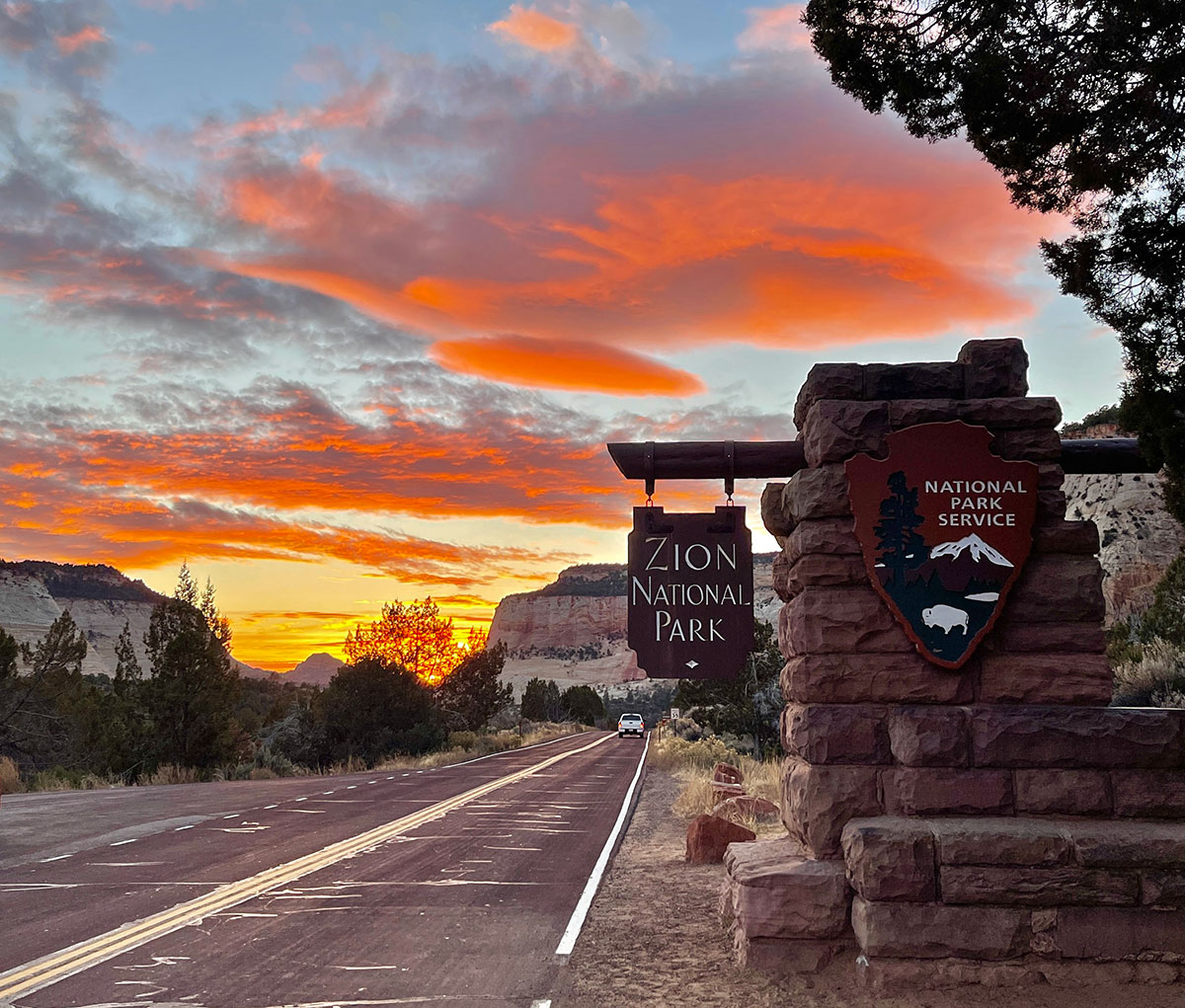
A view at sunset from the east entrance of Utah’s Zion National Park.
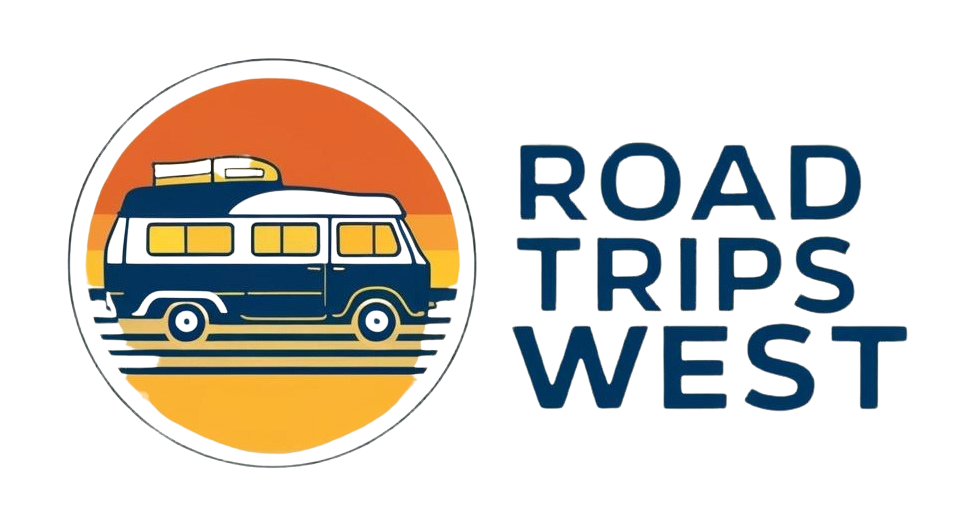


Leave a Reply
Want to join the discussion?Feel free to contribute!